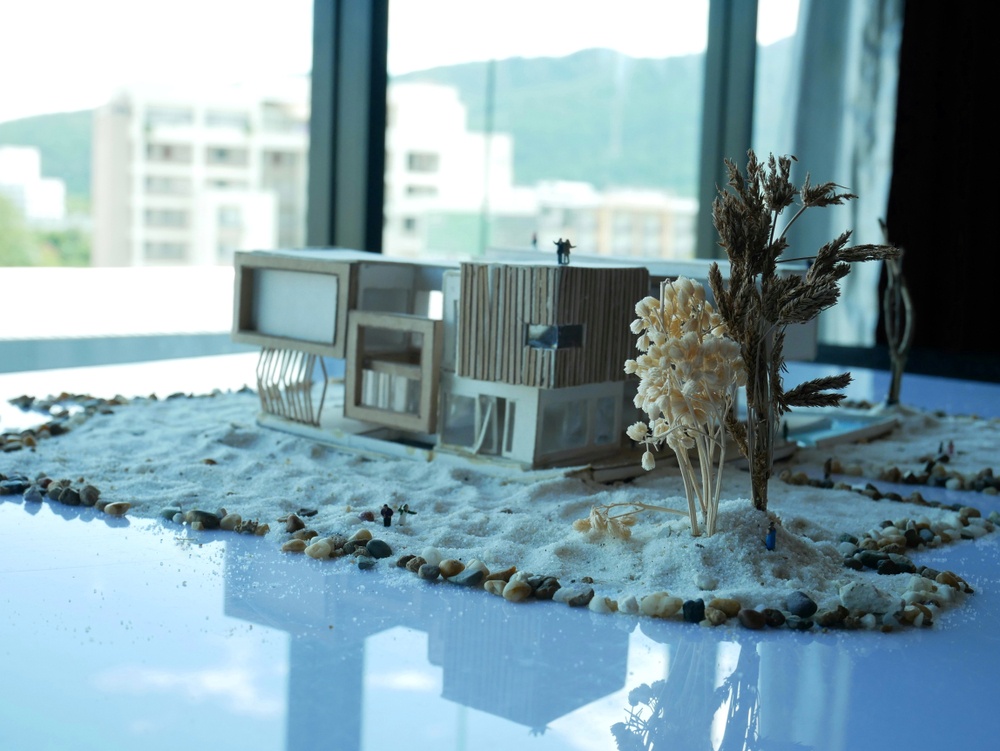
BIM, short for Building Information Modeling, defines a new digital path for the construction industry. It is a number of software packages combined together so you can make a construction into a 3D model. This creates a digital platform that makes it possible for every person working on the project to always have the information they require and need around the construction.
BIM is used to create and manage the information that surrounds a construction project. It gives you a complete understanding of the projects life cycle in real life time. This means that BIM is a step-by-step process that will give you a total digital overview and understanding of all aspects during the building process. The model makes sure that the different teams on a building project works efficiently together and are up-to-date and notified when changes are being made. This creates a revolution in the industry and generates high value for the collaborative efforts of colleagues, the building process and technology.
It depends on what kind of position you´re using it for. BIM is made to help design or construction employees/teams to communicate to each other, to clients or to any other persons who have an interest in hearing / knowing about the projects process. It gives you complete understanding of the parts, structure and design in one workplace, making sure that all parties involved are as updated as they need.
In complicated projects with a lot of parties involved, communication can be a huge barrier for efficiency. If a project team uses BIM they can work improve the workflow for everyone, regardless of their competence. This means that designers can work together to construct the building digitally, they can include engineers, constructers and other stakeholders and make sure the project is "doable". For example, with the 3D drawing available the construction team would immediately know what type and the amount of materials they need to finish the job. BIM makes a great amount of information easily accessible, and provides a better image of reality through aerial imagery, digital elevation and infrastructure.
There is always some limitations with new technology, which also applies in the case of BIM. There are especially 3 limitations:
These Stories on BIM
Sørengkaia 175
0194 Oslo
Norway
Call us (+47) 22 91 00 90
Comments (1)